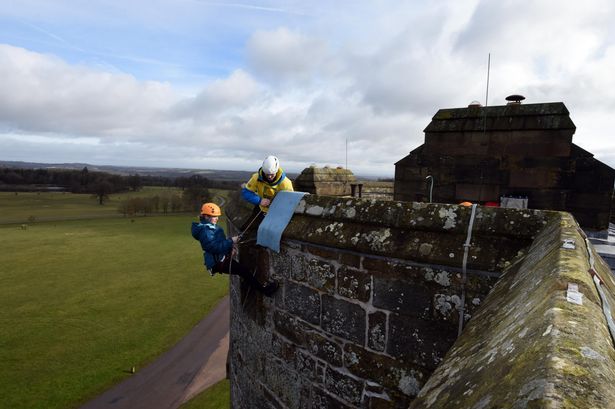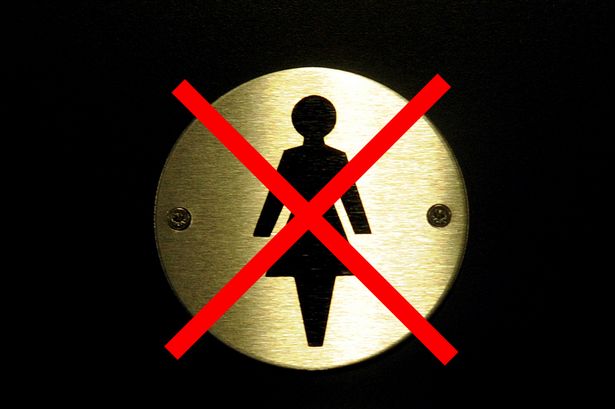[ad_1]
Hydraulic cylinders fail for a wide range of reasons from bad specification and misuse to just plain old age. Here are the top 10 reason failure and how to go about the hydraulic cylinder repair.
1 – Regular seal leakage
This can be caused for a number of reasons the most common of which on new cylinders is incorrect fitting of the seals, however incorrect metalwork clearances may also cause early stage failure. Another physical reason for this failure once the device is in use is corroding, or marking of the seal grooves. The oil itself may also be the cause either because it is contaminated, or else because air has been trapped.
Corrective measures unsurprisingly include checking and if necessary replacement of the seals. Metalwork clearances should be checked in any event and if the oil is found to be contaminated then it should be replaced. There needs to be a clear reason established for oil contamination as it may be a sign of less obvious wear – checking clearances is part of this process.
2 – Piston rod scored
Scoring of the piston rod is often caused by oil contamination, but this may also be contamination of the gland bearing. If not caught in time then the gland bearing may have failed completely.
The gland bearing needs to be checked and replaced if necessary. The entire hydraulic system will need to be flushed and all filters change before re-assembly and re-pressurising.
3 – Cylinder bore scored
Scoring of the cylinder bore can also be caused by contamination of the oil, which may in turn be a sign of piston head bearing failure.
The piston head bearing will need to be checked and replaced if necessary. For either failure reason, the entire hydraulic system will need to be flushed and all filters change before re-assembly and re-pressurising.
4 – Barrel internally corroded
The most likely cause of a barrel being internally corroded is water in the oil.
Correction may require disassembly and re-coating, but as a minimum the oil will need be changed. The cylinder will need to be protected from future water ingress and this may also be a sign that it is either wrongly specified or perhaps being used in an environment for which it was not designed.
5 – Piston rod pitting
Pretty much the only cause for piston rod pitting is corrosion. This may also be a sign that the cylinder is either wrongly specified or perhaps being used in an environment for which it was not designed.
To begin with the rod and even the whole cylinder should be protected from the weather or any other reason for contact with water. Ideally the rod should also be upgraded to marine specification.
6 – Leaking from around the gland outer diameter
Leaking from around the gland outer diameter can be caused by o-ring failure, or by having a cracked gland, either which in turn could have been caused by poor clearances.
Clearances will need to be checked and the gland tested for cracks. If the o-ring is faulty then a backup can often be fitted, or the o-ring can be replaced.
7 – Bent piston rod
A bent piston rod may be a sign that the hydraulic cylinder is a being overloaded. This may be because the cylinder and associated piston are working outside of their specification – overloaded in other words. It can also be caused by an outside (sideways) impact of some kind – for example a collision.
The first thing to check is the load and whether the cylinder is working within specification, or not, as without this information any repair will not last long. The piston rod can be replaced, but this is also an opportunity to review the specification and upgrade the rod if necessary.
8 – Split weld on base and ports
A split weld on the base and ports may be caused at the original manufacture (or recent repair) by a poor weld failing. It may also be caused by shock loading – or a sudden impact to full pressure (or beyond).
An examination of the use of the cylinder is required to make sure it is not being misused, or employed out of its specification. This will ensure the problem does not recur after repair.
Repairing will involve machining off the weld and re-welding correctly.
9 – Eye bearing broken
A broken eye bearing is usually caused by the cylinder working on a load above its specification, or else by a shock loading – or a sudden impact to full pressure (or beyond).
As with other issues above, before a repair is made the operational use of the cylinder should be checked to ensure it is not working out of specification. This investigation can lead to a change of use, or else an upgrading of specification on repair. For example, the specification of the replacement eye bearing may be upgraded and the clevis pin size may also be increased.
10 – Rod worn on one side
A rod worn on one side is a sign of a sideways movement of some kind either from a lack of bearing support (perhaps from bearing failure), or else too much side load which can be a result of misalignment or misuse. The rod itself may actually be under specified for the load and so the use of the cylinder should be checked to make sure it is being used within specification.
A repair will provide an opportunity to not just fix the problem, but raise the specification of the assembly by increasing the rod size, increasing the bearing area or incorporating external guides. A combination of all three is also possible.
The above list is not exhaustive of course, but these are the most common failures. Often a hydraulic cylinder repair is an opportunity to review working practices, or raise the specification of the cylinder. This means that not only is the problem fixed but preventive measure applied to reduce the possibility of future recurrence.
[ad_2]




